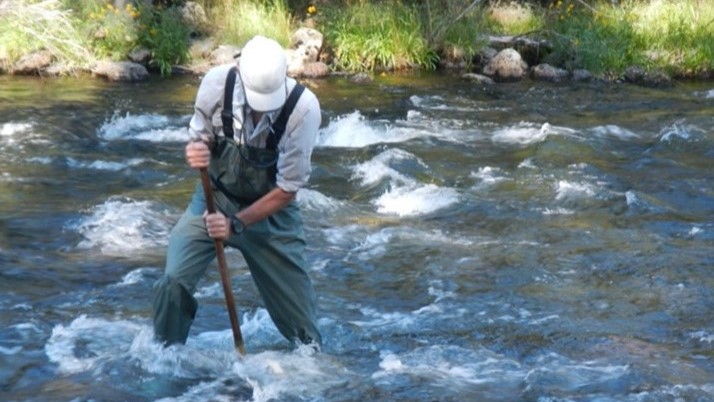
Resident WMRC Researchers: Jeff Holmquist & Jutta Schmidt-Gengenbach
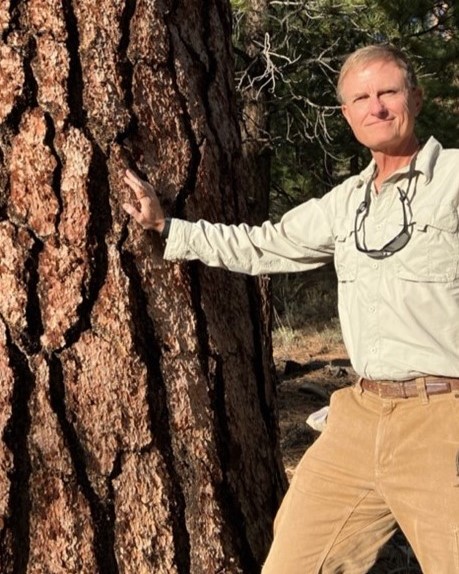
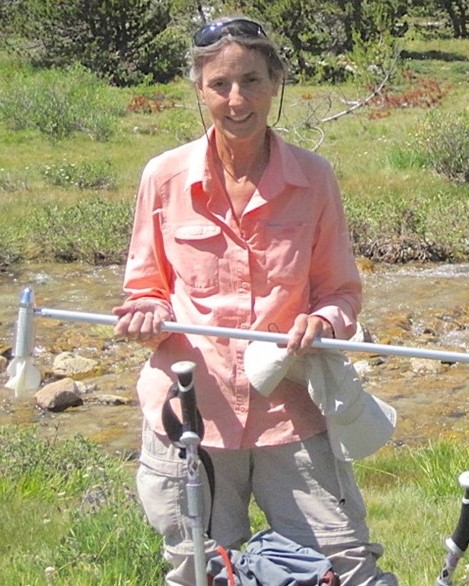
Pictured: (Left) Jeff Holmquist, PhD, Researcher-UCLA jholmquist@ucla.edu (Right) Jutta Schmidt-Gengenbach, MS, Research Associate III- UCLA juttasg@ucla.edu
Our research addresses questions concerning plant-animal interactions, landscape structure as a determinant of faunal movement and assemblage character, and the effects of anthropogenic and natural disturbance on ecological function. Much of our work emphasizes invertebrates, although we utilize other taxa as questions dictate, and results have been, by design, of direct use to managers. We have used both experimental and observational approaches, and recent studies have extended across several scales, ranging from patch boundary dynamics at the microhabitat level to experimental manipulations of river flows. This work has taken us to alpine meadows and streams, montane ponds and forests, tropical seagrass meadows and coral reefs, and desert springs and playas.
Representative publications
Holmquist, J.G., J.M. Schmidt-Gengenbach. 2020. Arthropod assemblages in a montane wetland complex: influences of adjoining lotic and lentic habitat and temporal variability. Wetlands 40: 259-271.
Slaton, M., Holmquist, J., Meyer, M, Andrews, R, and J. Beidl. 2019. Traditional ecological knowledge used in forest restoration benefits natural and cultural resources: the intersection between Pandora moths, Jeffrey pine, people, and fire. Natural Areas Journal 39: 461-471.
Holmquist, J.G., J. Schmidt-Gengenbach, and E.A. Ballenger. 2014. Patch-scale effects of equine disturbance on arthropod assemblages and vegetation structure in subalpine wetlands. Environmental Management 53: 1109-1118. (Cover photo)
Holmquist, J.G., J. Schmidt-Gengenbach, and A. Demetry. 2014. Efficacy of low and high complexity vegetation treatments for reestablishing terrestrial arthropod assemblages during montane wetland restoration. Restoration Ecology 22: 649–656.
Holmquist, J.G. and T.J. Waddle 2013. Predicted macroinvertebrate response to water diversion from a montane stream using two-dimensional hydrodynamic models and zero flow approximation. Ecological Indicators 28:115-124.
Holmquist, J.G., J. Schmidt-Gengenbach, and M.R. Slaton. 2011. Influence of invasive palms on terrestrial arthropod assemblages in desert spring habitat. Biological Conservation 144: 518-525.
Current Research
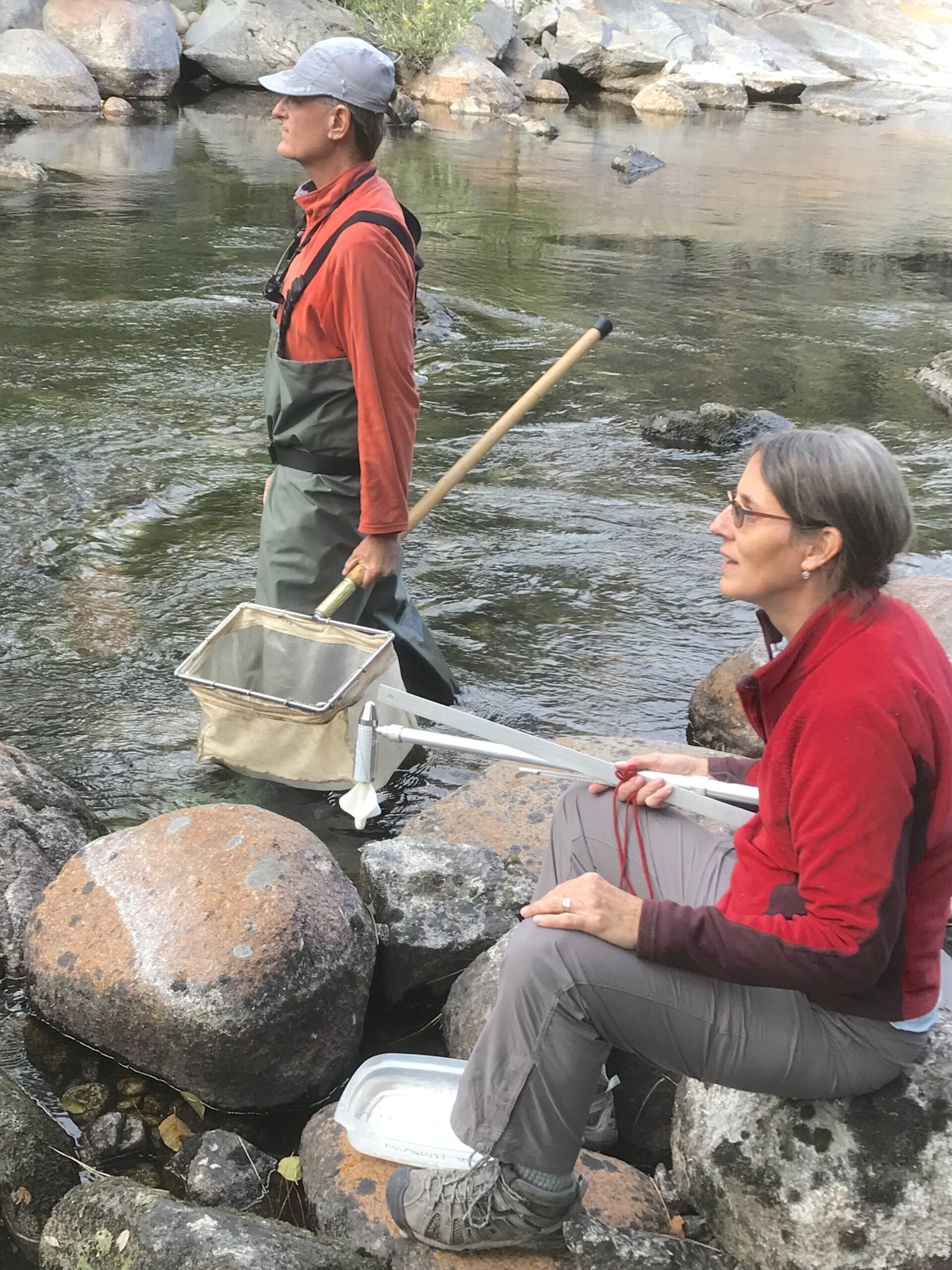
How does river regulation by dams affect downstream river benthos and associated wetlands? The river reach below the Hetch Hetchy reservoir has more extensive algal growth and a less diverse invertebrate assemblage compared to reference reaches, but engineered flushing flows can greatly reduce this difference.
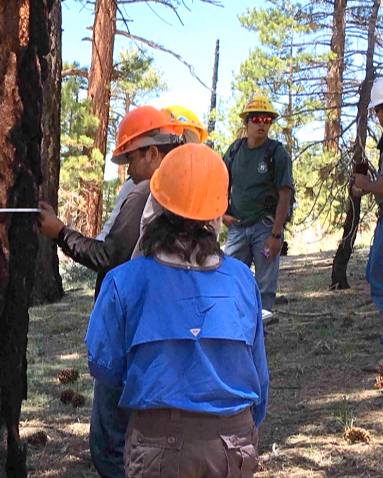
The Nüümü People have traditionally harvested Pandora moth caterpillars (piagi) as these larvae descend Jeffrey Pine trees in order to pupate in the ground. Fallen needles and branches are cleared away from the trees to be harvested, and a trench is created around each tree. Descending caterpillars are captured by the trenches and cooked as food. Our Tribal-US Forest Service-WMRC team hypothesized that the traditional clearing and digging of trenches around trees might reduce tree damage from wildfires. An ensuing wildfire showed that there was indeed less damage to trees that had been prepared for piagi harvesting, and a number of complex ecological interactions are becoming apparent.
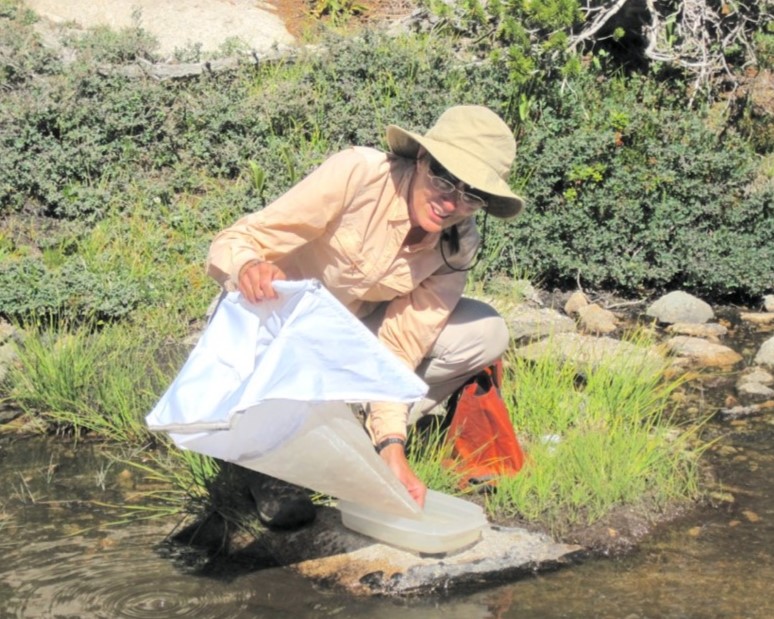
Sequoia and Kings Canyon National Parks are trying to eliminate introduced brown trout because of the effects that these fish have on endangered Mountain Yellow-Legged Frogs. We are assessing the effects of the removal efforts on the rest of the stream ecosystem, especially effects on stream insects and algae.